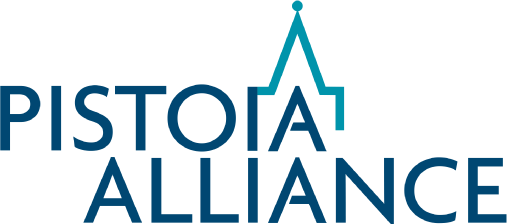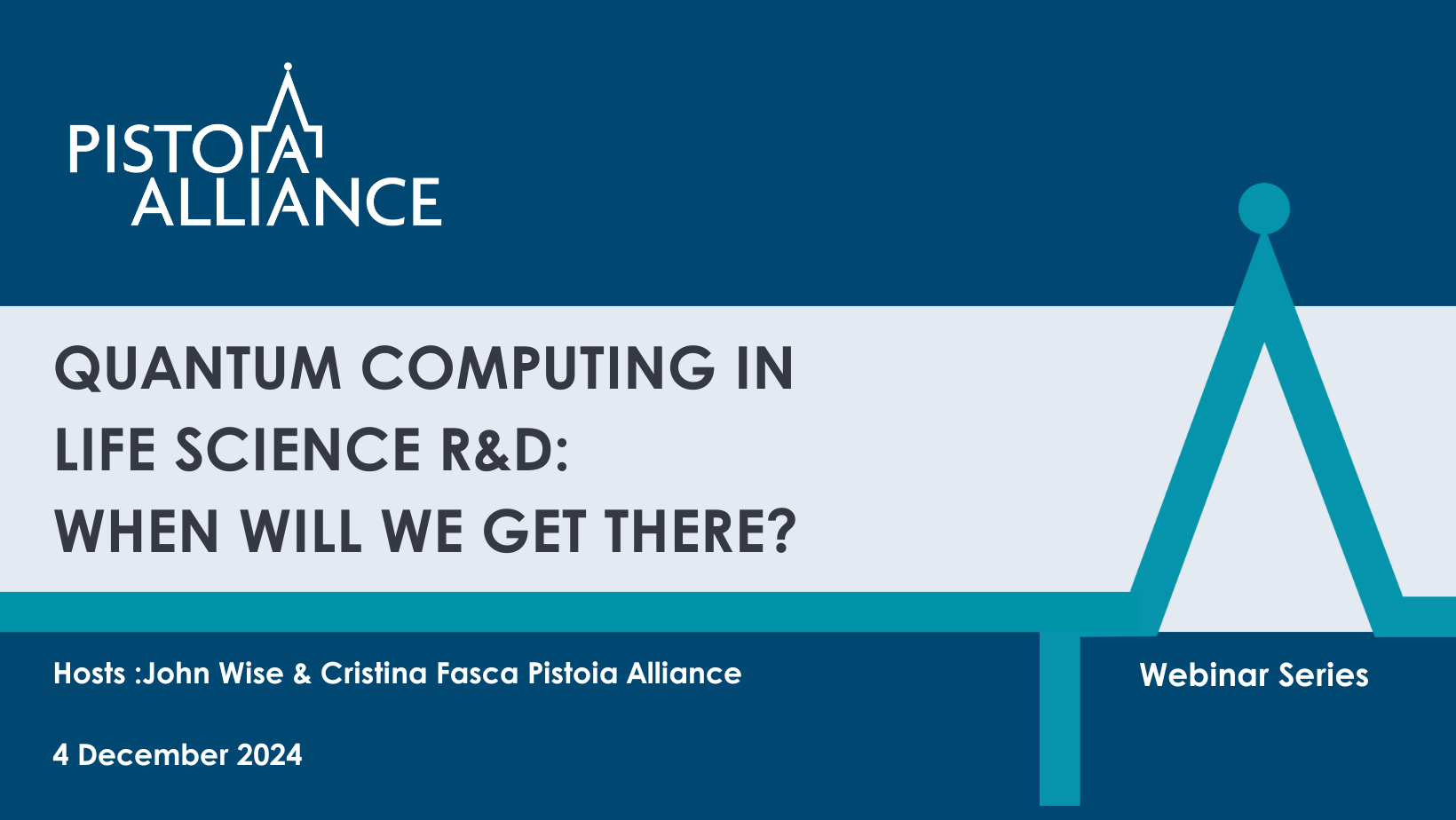This interactive session will focus on identifying and prioritizing the main barriers in change management.
Resource Tag: Core Projects
“Lab of the Future”: Digital Transformation for a State-of-the-Art R&D Center
Pistoia Alliance 2025 London conference presentation by Mark Polinkovsky, Head of Data Science Services, Arcondis
Leveraging Safety Toxicology Data for Enhanced Translatability of PreclinicalAdverse Drug Reactions
Insights from the PharmaPendium Tox Navigator
Pistoia Alliance London 2025 conference poster by Elsevier
The Tox Navigator compiles and provides access to extensive toxicity data, including regulatory documents and scientific articles covering animal toxicology studies and human safety data. It features tools for quick analysis of drug candidates’ profiles, facilitates adverse drug reaction (ADR) investigations across different species, and converts animal doses to human equivalent doses (HED). This innovative new tool supports the 3Rs by promoting the replacement, reduction, and refinement of animal testing through comprehensive data utilization, efficient study design, and detailed ADR investigations.
CSCS Poster March 2025
The goal of our community is to improve the understanding and interpretation of controlled substance and shipping legislation worldwide
UXLS March 2025 Poster
User Experience (UX) is an evidence-based design process that centers on the behaviors and needs of users. It offers clear benefits for example to consumer service and retail sectors. The adoption of UX in the life sciences comes with its own context and challenges: specific best practices need to be adapted and developed to scale.
Get to Know the Pistoia Alliance
The Pistoia Alliance is a global, not-for-profit members’ organization working to lower barriers to innovation in life science and healthcare R&D.
Founded over a decade ago the alliance brings together more than 200 member companies from life science companies, technology and service providers, publishers, and academic groups to transform R&D through pre-competitive collaboration.
Quantum Computing: When Will We Get There?
Join the Pistoia Alliance for a 3-Part Webinar Series on Quantum Computing in the Pharmaceutical Industry
The Pistoia Alliance Quantum Computing Community of Interest is dedicated to exploring the rapidly evolving field of Quantum Computing and its transformative potential for the pharmaceutical industry. While Quantum Computing is still in its developmental stages, the promise it holds for revolutionizing pharma is immense. As stability in Quantum Computing technology is achieved, the opportunities for significant advancements in pharmaceutical research and development will soar.
In the current landscape, AI, ML, and generative AI dominate the spotlight, often overshadowing the advancements in Quantum Computing. This raises several pertinent questions: Does the rise of LLMs diminish the potential benefits of Quantum Computing for pharma? Can some tasks previously envisioned for Quantum Computing be handled by LLMs? How can the pharmaceutical industry integrate Quantum Computing into its problem-solving approaches? Moreover, does the industry possess the necessary skills to embrace this quantum revolution?
To address these crucial questions and more, the Pistoia Alliance is hosting a series of three webinars under the theme “Quantum Computing in Life Science R&D: Where Are We, Where Are We Going, When Will We Get There?”
Webinar #3: “When Will We Get There?”
Agenda
Webinar 3 will feature three lightning talks, sparking a dynamic discussion on the timeline to quantum advantage in life science R&D.
- Technology Supply-Side Perspective – Gabriela Cimpan, Partner Manager, Quantinuum: Accelerating the Path to Universal, Fault-Tolerant Quantum Computing
- Cross-Industry Perspective: – Lene Oddershede, Senior Vice President, Professor, Novo Nordisk Foundation
- Pharma Perspective: – Robert Marino, CEO, Qubit Pharmaceuticals
Discussion – chaired by Brian Martin, Chief AI Product Owner, ACOS Senior Research Fellow, AbbVie
Are Misaligned Incentives Preventing Better Patient Outcomes In Life Sciences R&D?
PISTOIA ALLIANCE AND ZS LAUNCH INSIGHTS FROM JOINT RESEARCH INITIATIVE
Collaborative white paper highlights misaligned incentives in R&D are holding back full human data integration and better patient outcomes
The Pistoia Alliance and ZS have launched a new white paper: “Are misaligned incentives preventing better patient outcomes in life sciences R&D? The hidden barrier to full human data integration.”
This joint research initiative brings together insights from 25 industry leaders including sponsors, regulators, patient advocates, healthcare providers, and health systems. It explores what it would truly take to create a future where near-real-time integration of human health data fuels R&D innovation, and identifies the key opportunities and challenges that currently stand in the way of achieving this vision.
Despite advances in data collection, wearables and mobile apps, analytics, AI and machine learning, as well as an increasing openness to grassroots cross-industry collaboration, interviewees expressed repeatedly that the technical challenges of integrating comprehensive health data are less daunting than the human and organizational ones, namely: misaligned incentives that discourage stakeholders from across the research,development and clinical continuum from making this integration possible.
The white paper highlights how misaligned incentives are hampering data sharing withing life sciences organizations, across different life sciences organizations and across healthcare systems and provides recommendations for fixing the underlying problems that can be solved if the industry works together and takes action now to break down siloes, share data and align around shared goals.
The Pistoia Alliance and ZS are calling for organizations ready to help move the industry forward to get in touch and to bring project ideas or opportunities for collaboration to help solve the challenges surfaced in this paper.
For further information and to get involved please email: timeforchange@pistoiaalliance.org.
UXLS Poster Fall 2024
User Experience is an evidence-based design process that centers on the behaviors and needs of
users. The clear benefits of UX offered in our personal lives such as in the retail sector have been
slow to percolate to other more complex sectors such as the life sciences. The adoption of UX in the
life sciences comes with its own set of challenges. Current best practices need to be adapted and
developed to scale our UX practices in the life sciences. The UXLS community actively works on
sharing and developing best practices. In addition, we seek to raise awareness of the value that UX
brings to the life sciences.
Lab of the Future Poster Fall 2024
The Pistoia Alliance relaunched the Lab of the Future Community to support the growing need for
the pharma industry to work together to deliver a clear vision, strategy, and roadmap to guide
laboratory investments and accelerate the adoption of disruptive technologies.
CSCS Community Poster Fall 2024
The goal of our community is to improve the understanding and interpretation of controlled substance and shipping legislation worldwide.
Annual General Meeting 2024
Agenda
Dr. Becky Upton, President of the Pistoia Alliance
- Introduction
Dr. Christian Baber, Chief Portfolio Officer, Pistoia Alliance
- Strategic Priorities Overview
- Harnessing AI to Expedite R&D
- Delivering Data-Driven Value
- Accelerating Use of Real-World Data
- Sustainability Driven R&D


